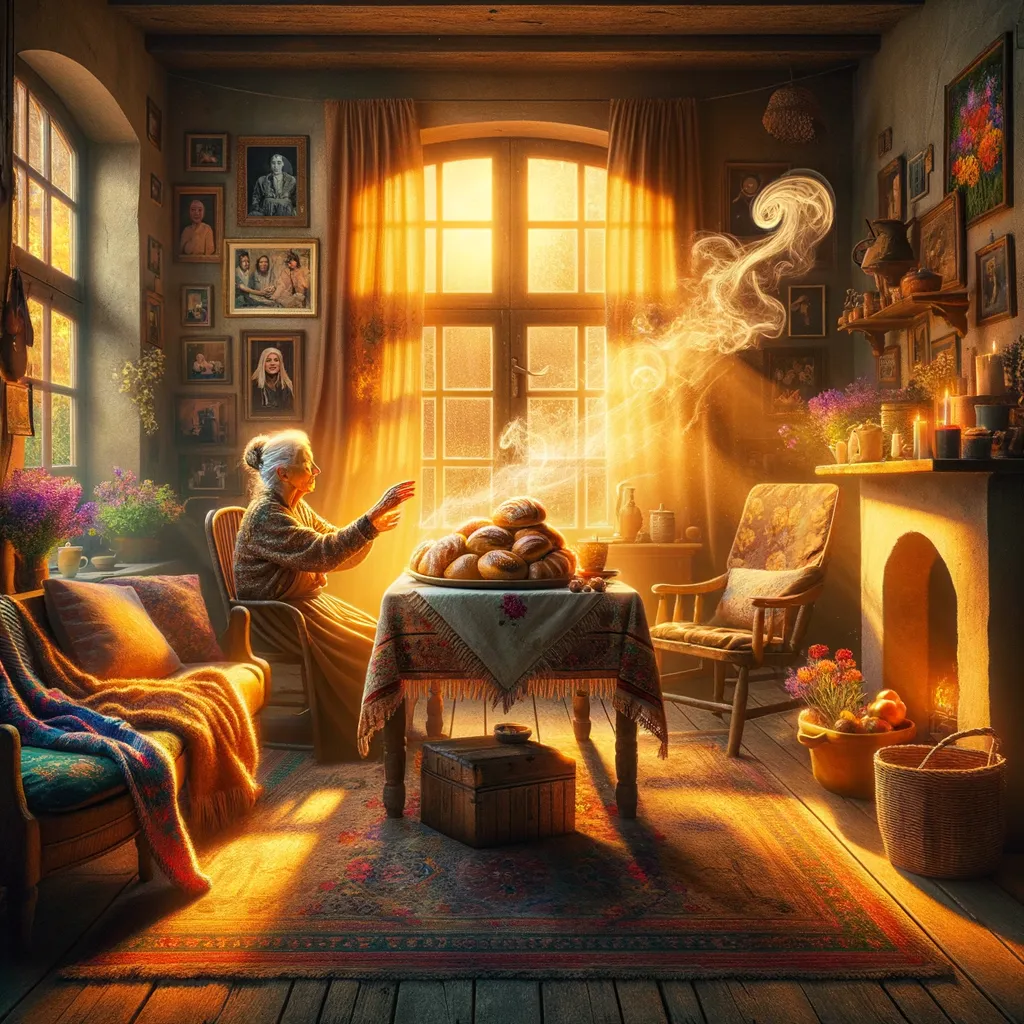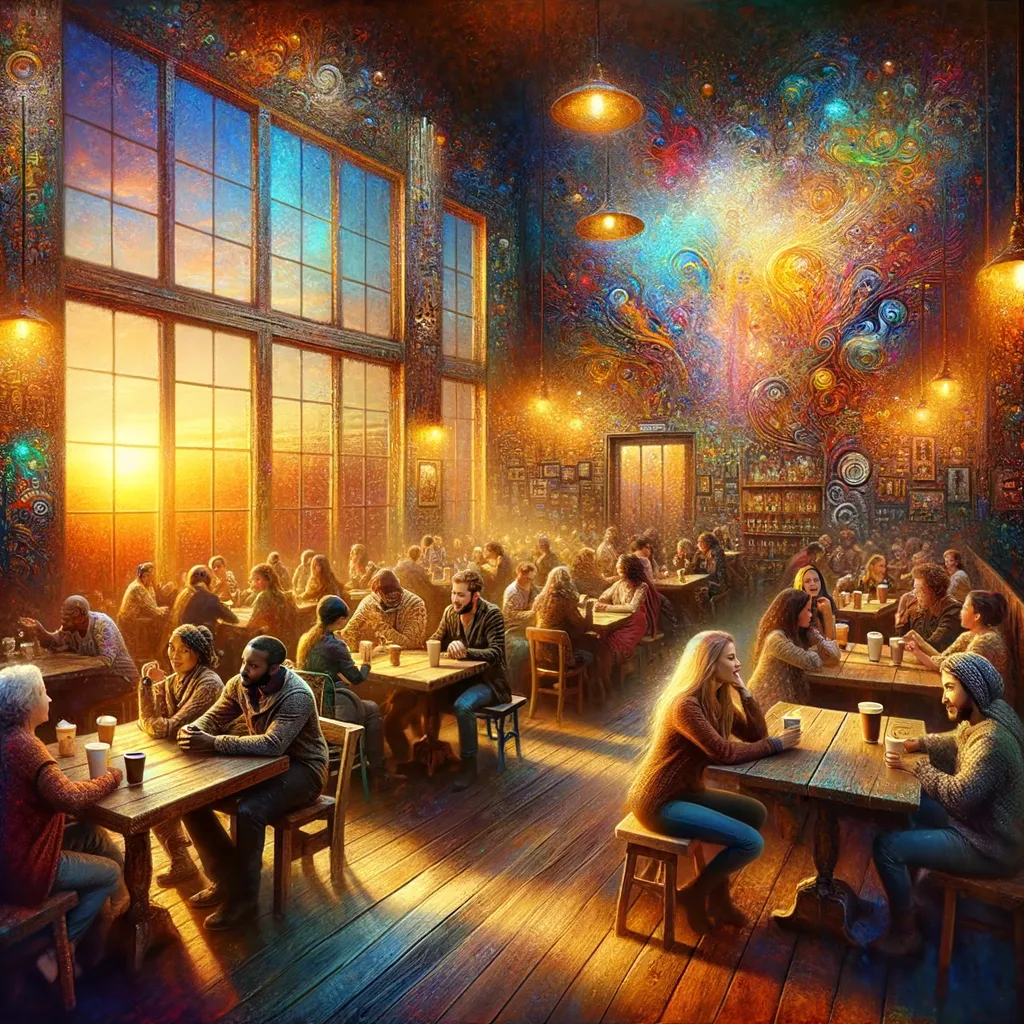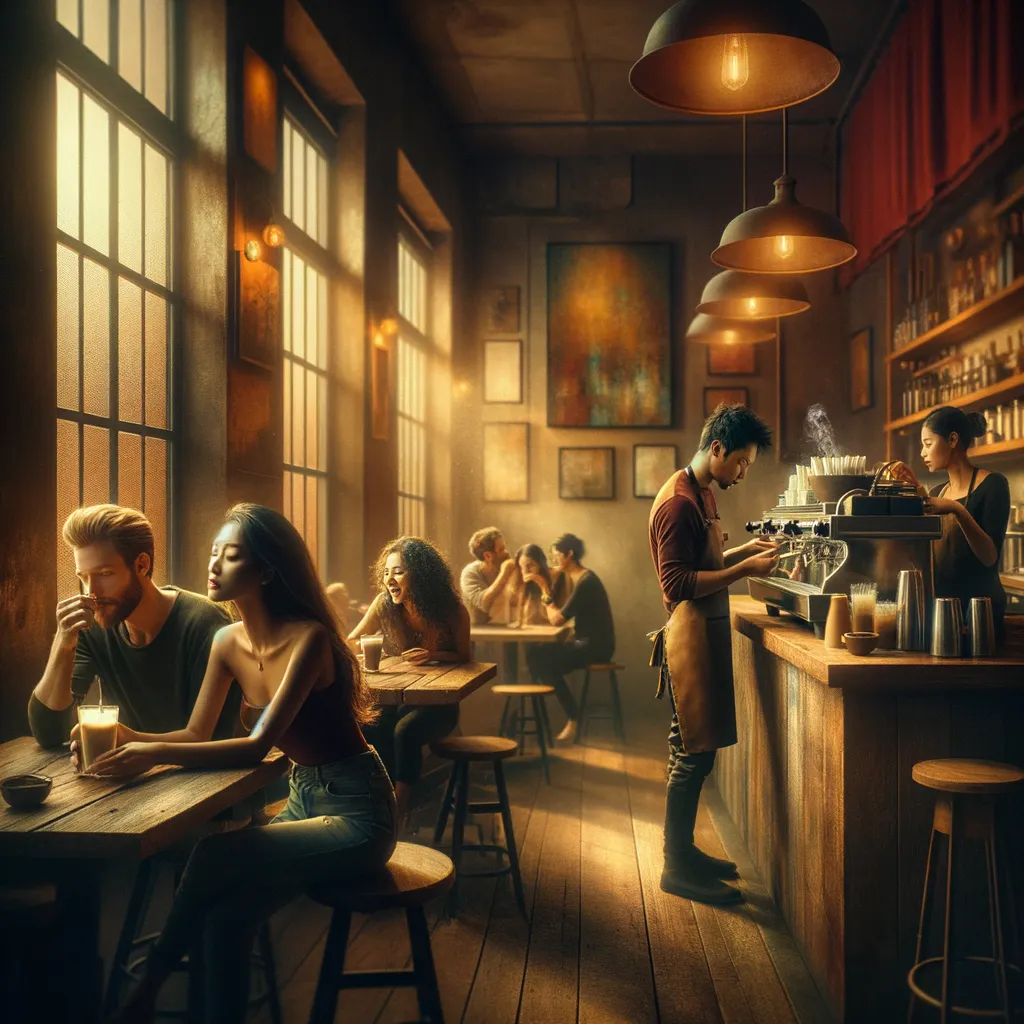Discovering Hidden Legacies: A Journey Through Stories
In a sunlit living room, the sweet aroma of freshly baked bread mingled with the familiar cadence of my grandmother’s stories, each word a thread weaving the fabric of my family’s history. Once dismissed as tedious, her tales of hardship and resilience began to unfold like a tapestry, revealing the courageous journey of my great-grandfather, who arrived in America with little more than dreams and a tattered suitcase. As she recounted his arrival at Ellis Island, I envisioned him standing before the Statue of Liberty, embodying hope and uncertainty, his experience a mirror reflecting my own aspirations. With each story, I discovered not just my lineage, but a blueprint for navigating life’s complexities, realizing that the mundane was rich with significance waiting to be uncovered. Leaving that day, I felt an urgent responsibility to preserve these narratives, recognizing that the stories we tell shape not only our identities but the legacy we pass on to future generations.
In the memory of April 15, 2001, I found myself tucked away in my grandmother’s sunlit living room, surrounded by the familiar scent of freshly baked bread and the soft hum of her favorite radio station. As a child, I often felt the weight of her stories pressing down on my youthful impatience. Each tale, delivered in her lilting voice, seemed to stretch on forever, filled with details I deemed irrelevant. Yet, on that day, as the world outside burst into spring, something shifted within me. I began to listen, truly listen, as if the walls themselves leaned in to catch every word.
Her stories were often woven with threads of hardship and resilience, tales of my ancestors who migrated across oceans, seeking something more than mere survival. I recalled one particular story about my great-grandfather, a quiet man who had arrived in America with little more than a tattered suitcase and a heart full of dreams. At the time, I had only seen him as a relic of the past, a figure in sepia-toned photographs that gathered dust on the mantel. But now, those dusty images took on new dimensions, transforming into symbols of courage, the kind that flickers softly yet defiantly against the harsh winds of fate.
As my grandmother recounted his arrival at Ellis Island, the bustling hub of hope and despair, I could almost hear the cries of families reuniting and the clatter of luggage being tossed about. In my youthful naivety, I had failed to grasp the weight of that moment. I envisioned my great-grandfather stepping off the boat, eyes wide with wonder, yet shadowed by uncertainty. The realization hit me: every step he took was a step into the unknown, a leap of faith cloaked in the heavy fabric of possibility.
The stories, which once felt like tedious renditions of days gone by, began to reveal their deeper significance. My grandmother spoke of the struggles they faced, the jobs taken and lost, the friends made and forgotten, and the relentless pursuit of a better life. Each anecdote was a brick laid in the foundation of my family’s legacy, a testament to perseverance that echoed through generations. It dawned on me that these tales were not merely history; they were blueprints for navigating the complexities of life, lessons wrapped in the guise of nostalgia.
In the golden glow of that afternoon, a single image crystallized in my mind: my great-grandfather standing before the Statue of Liberty, a beacon of hope that had welcomed countless dreamers. I imagined him gazing up at her, his heart pounding with a mixture of fear and excitement, and I felt a profound connection to his journey. Suddenly, the struggles of today felt less daunting, mirrored in the struggles of those who had walked before me. I understood then that my own aspirations were not isolated dreams but rather a continuation of a legacy forged in trials and triumphs.
The surprise of this revelation stirred within me an unexpected sense of gratitude. I began to see my grandmother not just as a storyteller, but as a vessel carrying the weight of our history. Each story she shared was an act of love, an invitation to understand the tapestry of our lineage, woven with both light and shadow. The mundane had transformed into the magnificent, and I found myself captivated by the richness of our family narrative.
As the afternoon sun dipped lower, casting long shadows across the floor, I realized that the act of storytelling was a gift—a means to bridge the past and present. My grandmother’s voice resonated with the echoes of those who had come before, reverberating with lessons that were as relevant now as they had been decades ago. Life, I learned, was an intricate dance between remembering and forgetting, a cycle of renewal that breathed life into both the old and the new.
The fabric of our lives is often stitched together by the stories we choose to tell and those we choose to forget. What once seemed tedious now revealed itself as a lifeline, a means of understanding the world and our place within it. I recognized that every family possesses its own unique narrative, a collection of moments that shape identity and purpose. The mundane is often the most profound, waiting patiently for the right moment to unveil its significance.
As I left my grandmother’s house that day, a sense of urgency accompanied me—a desire to preserve these stories, to ensure that their lessons would not fade into obscurity. I felt the weight of responsibility resting upon my shoulders, not as a burden, but as a privilege. In sharing these tales, I could honor my ancestors while also illuminating the paths for future generations, allowing their dreams to echo through time.
In contemplating my great-grandfather’s journey, I was left with a lingering thought: what stories are waiting to be told in our lives, and how might they shape the legacy we leave behind?
In the quiet embrace of a sunlit room, the threads of history intertwine with the present, revealing that every whispered story carries the weight of dreams yet to be fulfilled.



